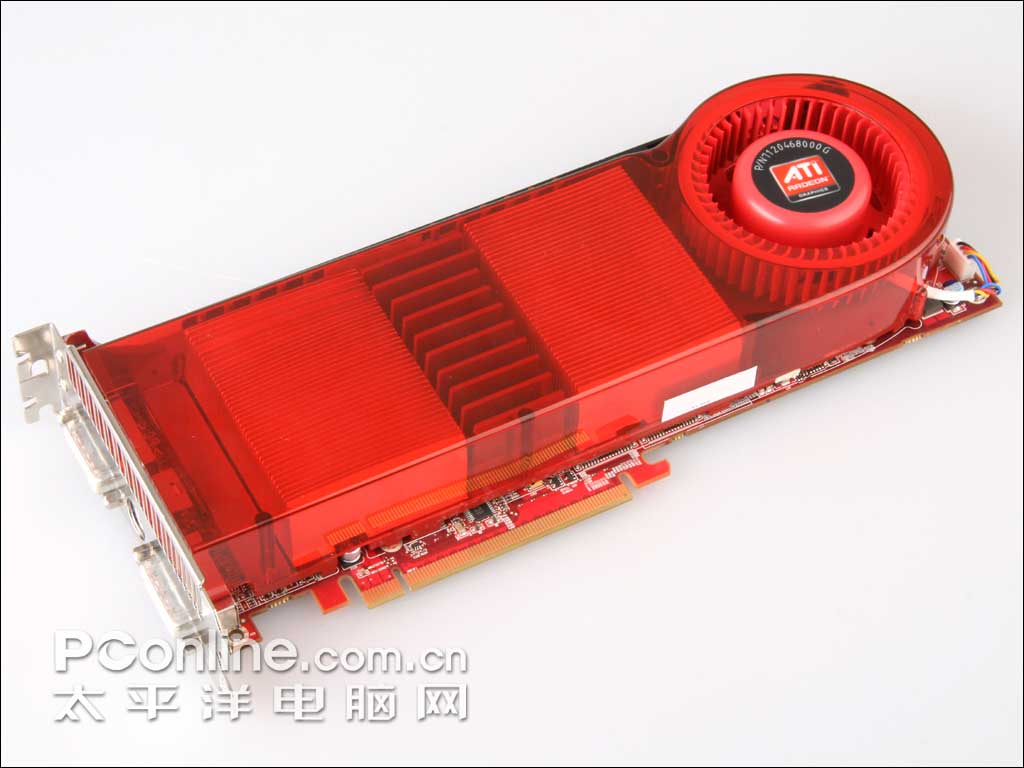
Of course, the big test will come from mounting it in a tower case, where the card is no longer resting on the motherboard but hanging from the PCI bracket and PCI-E slot. Whatever it’s called, it seems to work and the card sat secure and happy in our test bed. According to ATI it has been developed with “enhanced weight management” in mind, which is a term I’m sure you’re all familiar with – no?īasically what this amounts to is the heatsink uses a combination of copper and aluminium to distribute the weight of the card so the extreme length of the card doesn’t lead to it pulling itself out its PCI-E slot. There’s actually a fair bit of science going on with the stock cooler on this card. Also, the front heatsink is considerably longer than anything we’ve seen before and it incorporates a lot of copper, which is heavier than more oft used aluminium. The reason for the extra weight is mainly due to the extra metal used in the cooling mechanism which, unlike the coolers used on nVidia’s high-end cards, includes a section of heatsink that covers most of the back as well as the front. At 265mm in length it is as long as an 8800 GTX or 8800 Ultra and with its standard cooler attached it weighs a colossal 1.023 KGs, which is actually significantly heavier than either of the above nVidia cards. The first thing you’ll notice about the X2 is the size of the card. So, if a brand new chip wasn’t the solution, how could ATI leverage its current capabilities to create a single competition-beating graphics card? Simple, it stuck two R670 chips on one card and ran them in Crossfire. Also, releasing a completely new chip now would’ve cut into ATI’s plans for its next generation of hardware and potentially disrupted sales of cards based on what would be perceived to be its ‘old’ architecture.

The problem for ATI is that modifying or augmenting R670 (the chip at the core of the HD 3870) to make it significantly faster would require a complete redesign of the underlying architecture and for a number of reasons this is something it simply isn’t in the position to do.Īn architectural redesign requires a significant investment in research and design and rushing this would cost large amounts of money and potentially lead to mistakes, which would be even more catastrophic than not releasing anything. The fact this mentality is completely ridiculous causes much frustration for manufacturers and journalists alike but there’s nothing we or they can do about it so manufacturers will always seek to gain the performance crown just to convince these people.

Put simply, if someone hears one company makes the fastest card available, they’re going to assume the other products the company produces are also the fastest in their respective sectors. Unfortunately, while the big money is to be made in these mid-range (£50 – £150) markets, something called the halo effect means that having the fastest card available still has significant influence over the general public’s buying habits. With decent performance, unbeatable features, and competitive prices these cards made for a worthwhile alternative to nVidia’s mainstream and enthusiast products. However, with the release of the HD 3870 and HD 3850 at the tail end of last year, ATI looked to be on the up again. ATi’s had a rough time of it over the past year or so with every single one of its last generation cards failing to live up to expectations and nVidia’s equivalents consistently beating them on performance.


 0 kommentar(er)
0 kommentar(er)
